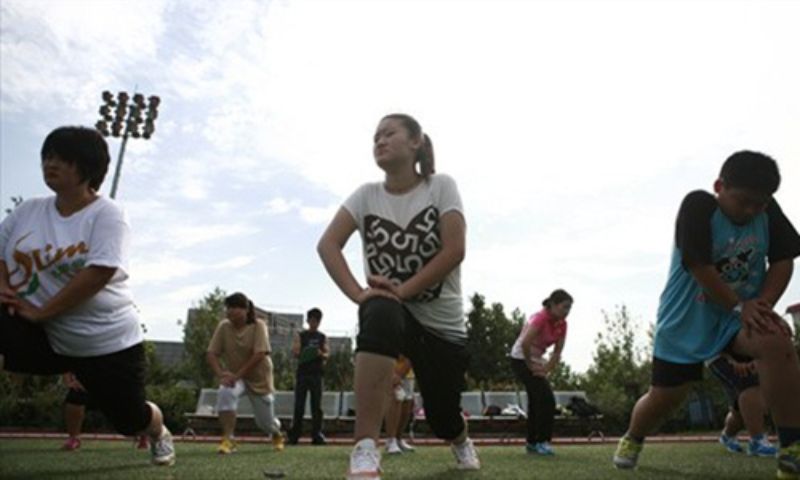BEIJING: A study reveals the obesity rate among Chinese adolescents has recorded a massive increase from 1985 to 2019, reaching an alarming level of 8.25 percent from 0.10 percent.
According to a study by the team of the Institute of Child and Adolescent Health (ICAH), Peking University, released on Tuesday, adolescents from rural areas are on the verge of health risks.
The last study said that from 1985 to 2014, the average obesity prevalence among urban children and adolescents was higher than people living in rural areas.
The study expects that the prevalence of childhood and adolescent obesity will continue to increase across China in both urban and rural areas.
Dong Yanhui, an author of the study from the ICAH, told the media that the projections show that the increasing prevalence of childhood obesity in rural and lower socioeconomic status areas will surge among Chinese children and adolescents. He said China will gradually exhibit similar patterns of nutritional inequality as seen in some industrialized high-income countries.
Obesity and underweight during childhood and adolescence can have an adverse impact on the health of an individual in adulthood. Dong added that over the past 30 years, there has been a global shift in the nutritional patterns of children and adolescents from undernutrition to overnutrition.
It is pertinent to mention that in China, the obesity of adolescents has also been a matter of grave concern for parents and relevant authorities. The National Health Commission has recently released China’s first authoritative guideline for multidisciplinary diagnosis and treatment of obesity in order to improve obesity diagnosis and treatment.
The overweight rate and obesity prevalence among Chinese adolescents aged 6 to 17 are 11.1 percent and 7.9 percent, respectively. Whereas the overweight rate and obesity prevalence among children under 6 years old is 6.8 percent and 3.6 percent, respectively.
Dong said children and adolescents in underdeveloped areas face significant nutritional and health risks, making them a vulnerable group.























